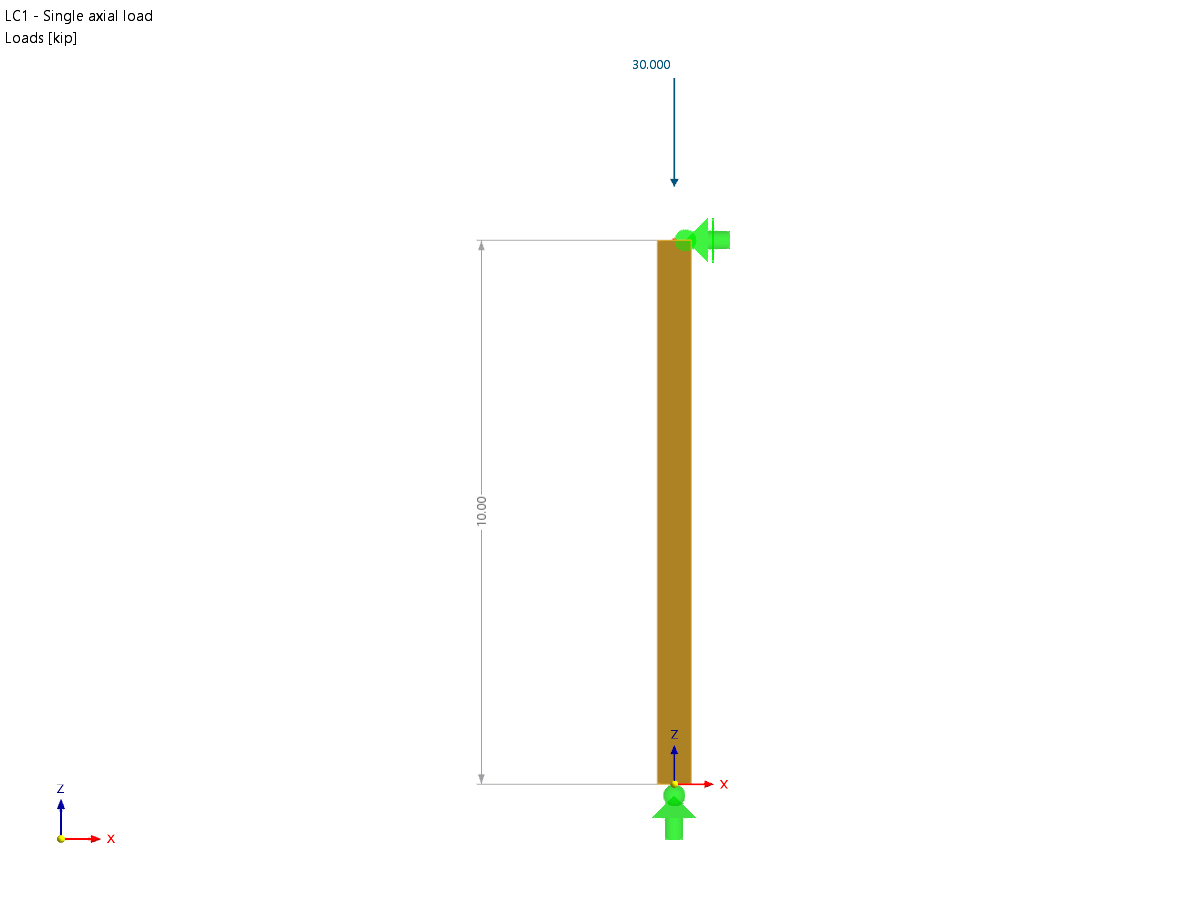In RF‑/STEEL, the stresses are calculated on stress points of a cross-section. The stress points defined for the cross-section can be displayed in the details of the cross-section. For the cross-section shown in Image 01, the stress points are defined along the cross-section. Thus, the stress points (here, Stress Point 1 and Stress Point 9) are also available in the roundings.
In SHAPE‑THIN, you can only calculate the stresses on elements. It is not possible to calculate the stresses on the point elements that are used to model irregularities in the cross-section geometry, such as roundings and so on. The stress points of the SHAPE‑THIN cross-section are displayed in Image 02.
In the case of cross-sections with point elements, minor deviations in stresses may thus occur due to the different stress points.
Furthermore, SHAPE‑THIN provides the option to calculate the stresses for the most unfavorable element edges or for element center lines only. In RF‑STEEL, the stresses are calculated exclusively on the stress points.










.png?mw=350&hash=c6c25b135ffd26af9cd48d77813d2ba5853f936c)


.png?mw=350&hash=154cfb9bf427390b9a61c822d106bf243d0c64e8)






.png?mw=350&hash=a1f57dde584e557bd80199d10420b05d648c52a5)














.jpg?mw=350&hash=13c1866b992b7c0d6754ad58cc10434a5b3fe8e7)
.jpg?mw=350&hash=e036680c49a47e8bd426d4d54e7f1b2ba5eb927c)
















